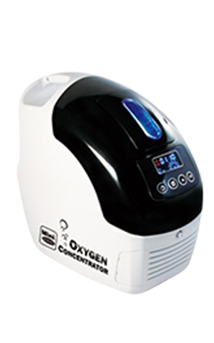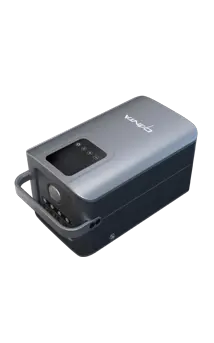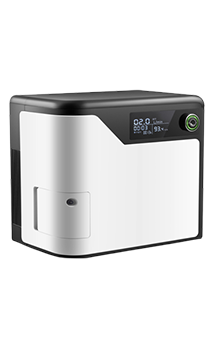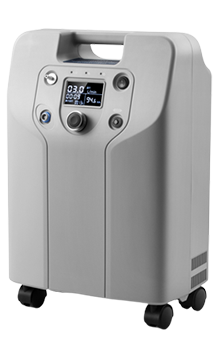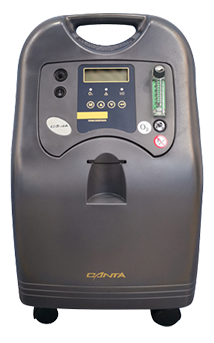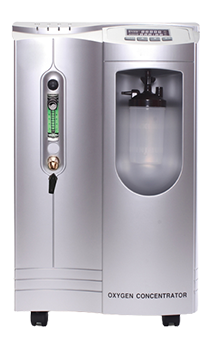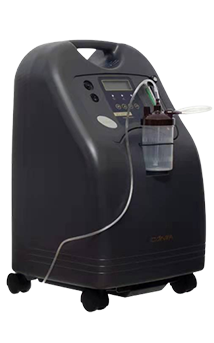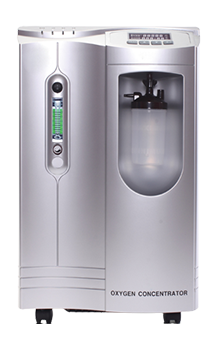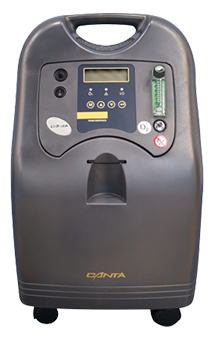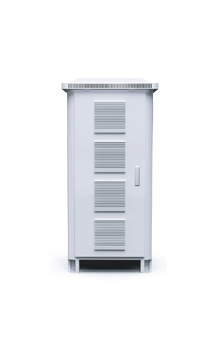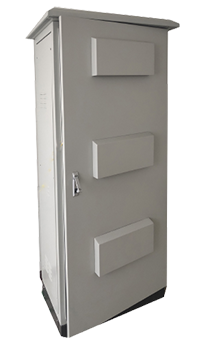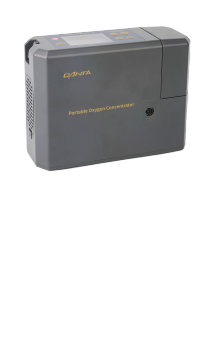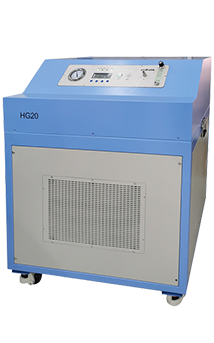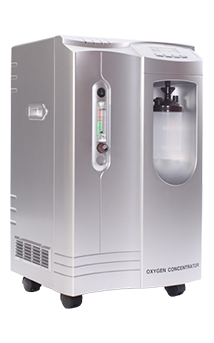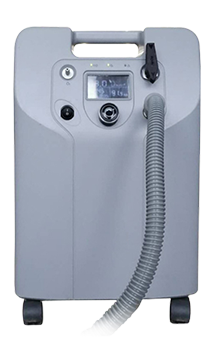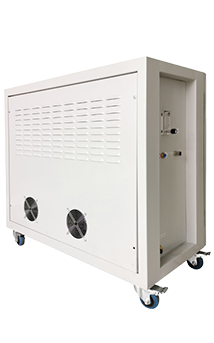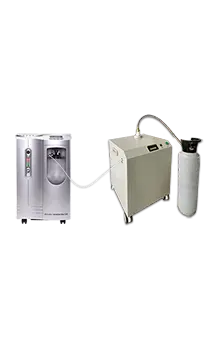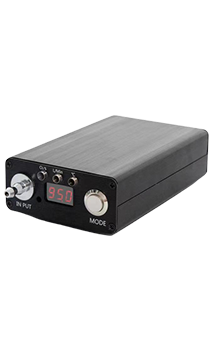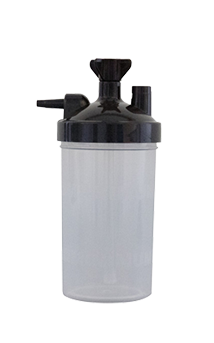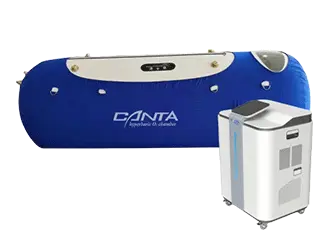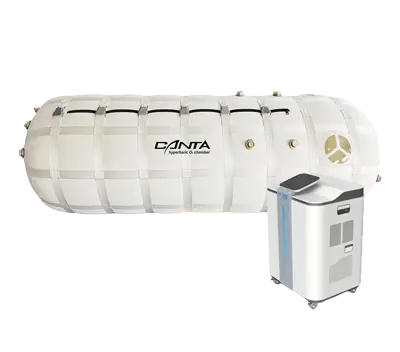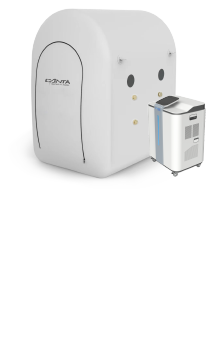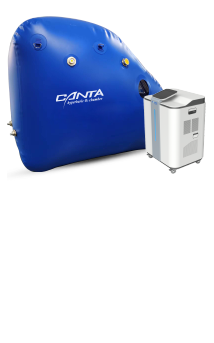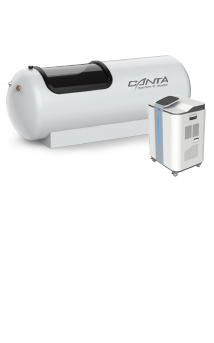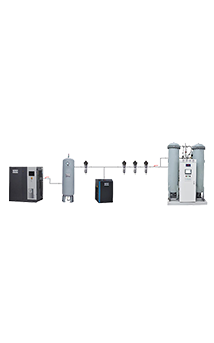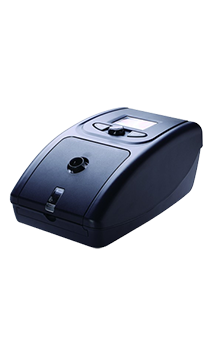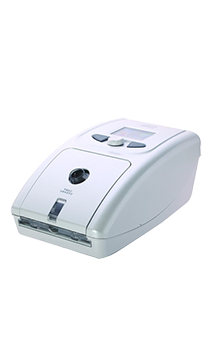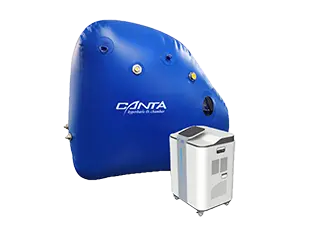In times of emergencies and natural disasters, access to a reliable source of oxygen can mean the difference between life and death. In this blog, we'll explore the innovative solutions that oxygen producing machines bring to the forefront of emergency services and disaster relief efforts.
Portable Oxygen Generators: Mobile Lifelines in Crisis
When disaster strikes, mobility is often a critical factor in providing timely assistance. Portable oxygen generators have emerged as essential tools in emergency services, allowing first responders to deliver life-saving oxygen directly to those in need, regardless of the location's infrastructure. We'll delve into the portability and versatility that make these machines indispensable in crisis situations.
Oxygen Stations in Disaster Zones: Establishing a Lifeline for Communities
Disaster-stricken areas often face challenges in infrastructure and resource distribution. Oxygen stations equipped with advanced machines play a pivotal role in establishing a centralized lifeline for communities. Explore how these stations are strategically set up to ensure a continuous and accessible supply of oxygen, aiding not only immediate medical needs but also facilitating recovery efforts.
Real-time Monitoring and Data Analytics: Precision in Oxygen Deployment
In the chaos of a disaster, effective resource management is crucial. Oxygen producing machines integrated with real-time monitoring and data analytics offer unprecedented precision in deploying oxygen where it's needed most. Learn how these technological advancements enhance the efficiency of emergency services, allowing responders to make informed decisions in rapidly changing situations.
Collaborative Efforts: Oxygen Producing Machines in Global Disaster Response
Disasters often transcend borders, requiring collaborative efforts on a global scale. Explore the role of oxygen producing machines in international disaster relief efforts and how these technologies are shared, deployed, and maintained through partnerships between countries and humanitarian organizations.
As technology continues to advance, the integration of oxygen producing machines into emergency services and disaster relief efforts brings a breath of hope for a more resilient and prepared future. From portability to data-driven precision, these innovations contribute to a more effective response, ultimately saving lives and mitigating the impact of unforeseen crises.
 EN
EN  ja
ja  ko
ko  fr
fr  de
de  es
es  it
it  ru
ru  pt
pt  ar
ar  tr
tr  th
th  da
da  fa
fa  pl
pl  ro
ro  hu
hu  el
el  af
af 
